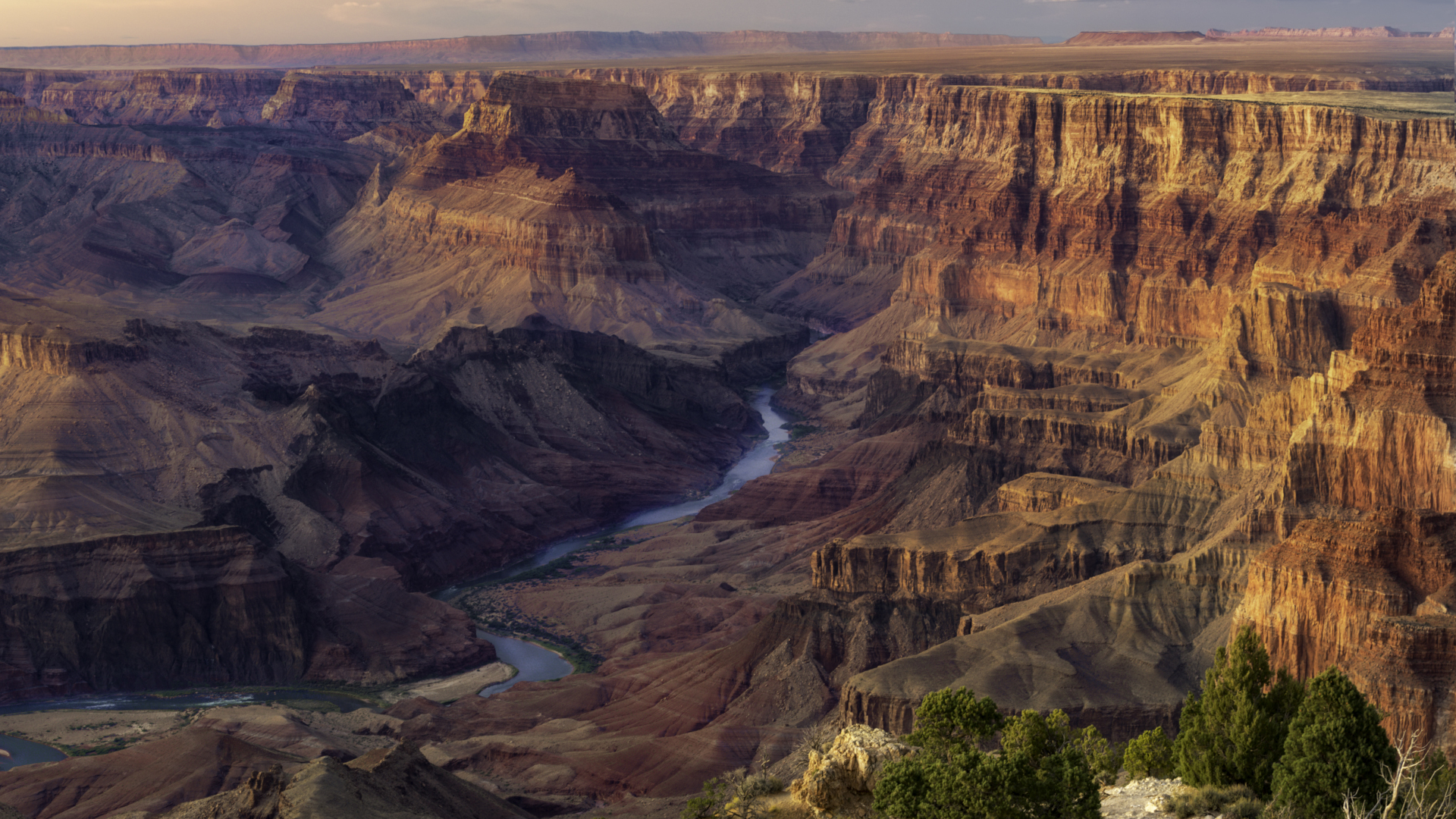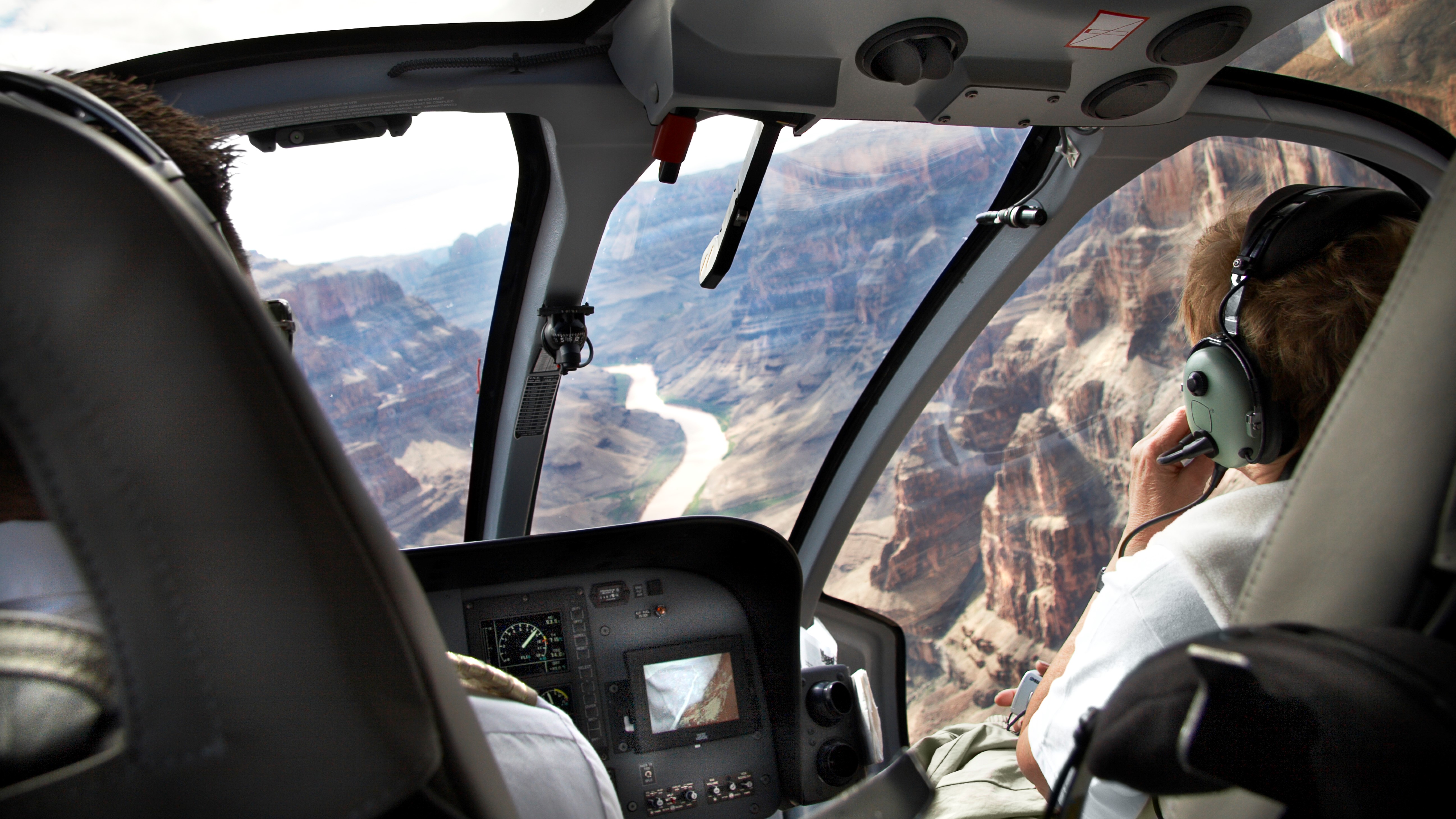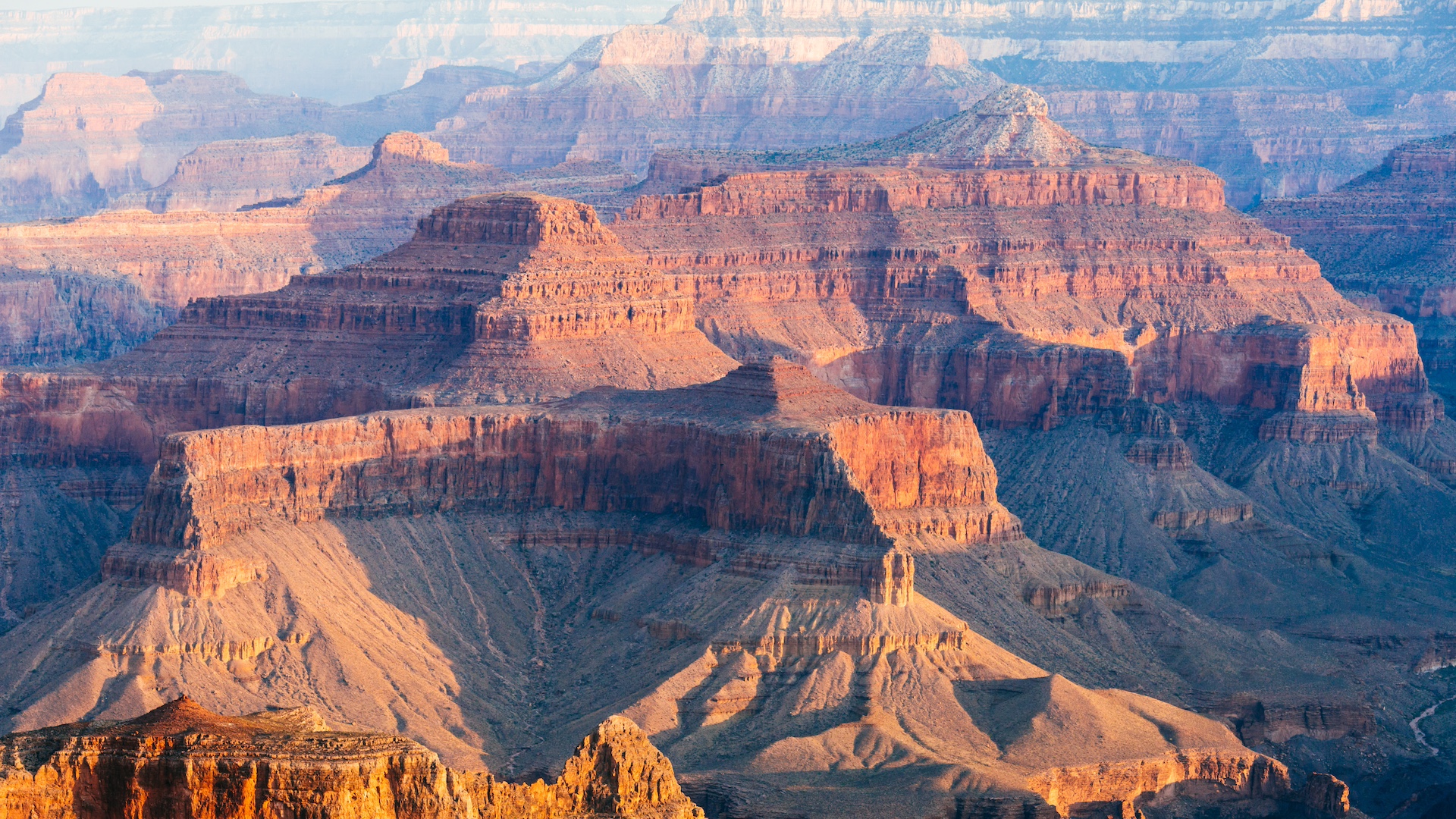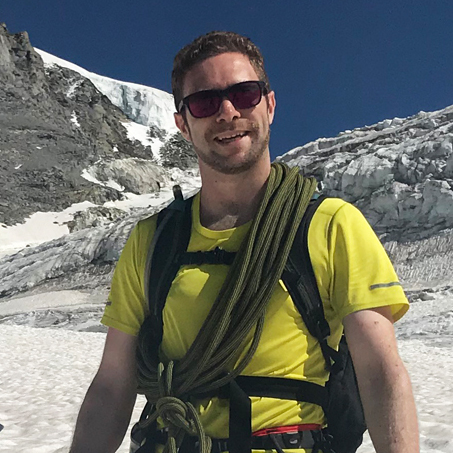Fatal heat? Man dies trekking in Grand Canyon as authorities warn of "extremely hazardous conditions for hikers"
After a 67-year-old hiker dies in the Grand Canyon, authorities warns of heat-related illness due to daytime temperatures in excess of 120°F

A 67-year-old man has died while hiking in the Grand Canyon, according to the National Park Service (NPS). It comes as the region has been grappling with intense heat in recent days, with the NPS issuing yet further heat warnings.
The incident took place on July 8, when officials received reports of an unresponsive hiker on the South Kaibab Trail, below Cedar Ridge, at around 11:50am. The man, from Alvarado, Texas, was aiming to reach the Colorado River to overnight at Phantom Ranch. Reports suggest he had turned back at Skeleton Point and was making his way back up the trail. Tragically, he was found in the same place that another Texas man died last year.
A statement from NPS reports that: "Bystanders immediately initiated CPR while NPS medical personnel responded via helicopter. All attempts to resuscitate the individual were unsuccessful."

The Grand Canyon has been ranked as the most dangerous US National Park in the past, with extreme heat the main culprit behind its fatalities. In May, a 74-year-old man died after succumbing to the hot conditions. This was against the backdrop of authorities warning hikers to be self-sufficient in light of staff shortages due to cuts brought about by the Trump administration.
In June, search and rescue authorities warned hikers to be prepared for the heat after a surge in rescue helicopter callouts. Trail closures due to construction work on the Transcanyon water pipeline has been forcing some to take lengthy detours, adding to the danger.
The South Kaibab Trail is currently the main trail for hiking into the canyon to access both Phantom Reach and the North Kaibab Trail. Despite being a "well-defined, well-maintained" route, the NPS points out that its open nature "lends itself to extreme heat during the summer months". There is little shade along the trail and it should be avoided during periods of intense heat.
Extremely hazardous conditions for hikers

NPS park rangers are strongly advising against hikers entering the inner canyon during the peak heat hours between 10am and 4pm. An NPS statement warns that: Iin the summer, temperatures on exposed parts of the trail can exceed 120°F (49°C) in the shade, creating extremely hazardous conditions for hikers."
All the latest inspiration, tips and guides to help you plan your next Advnture!
They are urging walkers to take "extreme caution" when planning any kind of outing in the Grand Canyon during the summer. Hikers should consult the Key Hiking Messages service for critical updates, trail closures, trail hazards and localized weather forecasts.
Staying safe
Hiking in excessive heat can be extremely dangerous. To stay safe during the warmer months, heed the following advice:
- Drink plenty of water
- Stay out of the sun, and in an air-conditioned place
- If you have to spend time outside, take frequent rest breaks in shaded or air-conditioned places
- Wear clothing that is lightweight and loose-fitting
- Save strenuous activities for the early morning or evening
Alex is a freelance adventure writer and mountain leader with an insatiable passion for the mountains. A Cumbrian born and bred, his native English Lake District has a special place in his heart, though he is at least equally happy in North Wales, the Scottish Highlands or the European Alps. Through his hiking, mountaineering, climbing and trail running adventures, Alex aims to inspire others to get outdoors. He's the former President of the London Mountaineering Club, is training to become a winter mountain leader, looking to finally finish bagging all the Wainwright fells of the Lake District and is always keen to head to the 4,000-meter peaks of the Alps. www.alexfoxfield.com

